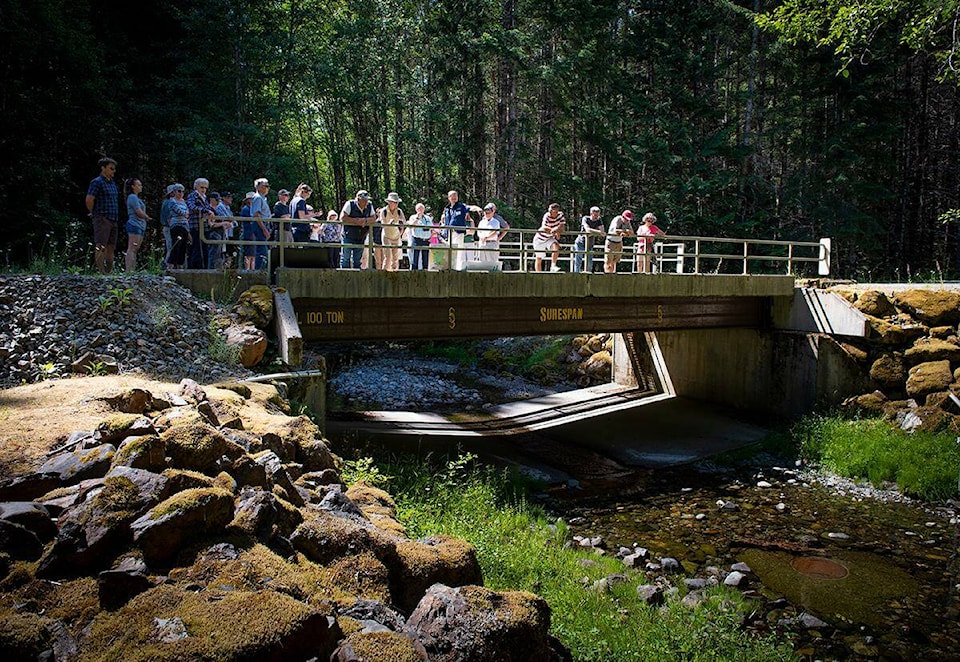In the letter 'Greater Victoria watershed vulnerable to wildfire,' the writer states "But the most immediate threat is on our doorstep: wildfires’ and ‘.. it is a question not if but when."
The writer assumes that a major fire will devastate the Sooke watershed resulting in degradation of the quality of water in the reservoir. To address this apparent risk the CRD has decided on an engineering solution namely, a $1.1-billion filtration plant with the unstated millions of dollars each year in operating costs. Such a filtration plant will have a profound impact on our water supply system, transforming it from a low-cost, low-energy system to a high-cost, high-energy system.
The proposed system will rely on pumps to deliver water with an energy capacity of over 20 megawatts.
Is a major fire inevitable is there a non-engineering approach to address fire risk? In British Columbia 42% of wildfires are human caused, 58% by lightning. The human-caused fire risk is minimal as the public access to the Sooke Lake and Goldstream watersheds is prohibited. Out of an abundance of caution the decision to allow public access to the Leech watershed should be rescinded.
That leaves the risk associated with lightning strikes. The CRD water supply lands are the most intensively monitored and patrolled watersheds virtually anywhere in Canada. The locations of lightning strikes are identified, and on-site inspections carried out to ensure any evidence of ignition is extinguished. CRD staff are fully trained and equipped to respond to a fire either on CRD property or adjacent lands. The CRD also has a mutual aid agreement with the province. Consequently, the risk of a major fire is very low.
Fire risk can be further mitigated by forest management practices including fuel management and by thinning the dense legacy plantations by a factor of 10 to restore old-growth characteristics. With an appropriate watershed management strategy and funding, a major wildfire can be avoided.
Partial funding of the filtration is to be through development cost charges (DCC). The writer states that DCC are paid by developers. That is somewhat misleading. Developers will pay DCC upfront but will pass on these costs to the public. Ultimately, the public will pay more to purchase or rent a home, for example.
Jack Hull
Former general manager at CRD Water

